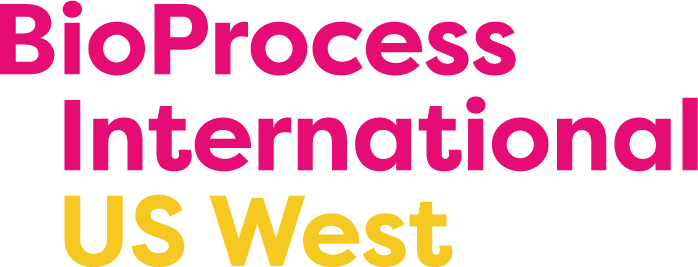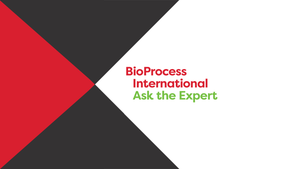
Contract development and manufacturing organization (CDMO) 3PBIOVIAN and biotechnology company Eleva have announced a partnership to manufacture and scale current pipeline programs using Eleva’s moss-based expression cell line.
The deal secures production capacity for Eleva while granting 3PBIOVIAN non-exclusive rights to the former’s expression system. Eleva’s platform can deliver GMP-ready material at a pre-commercial scale and has a production capacity of up to 2,000 liters.
3PBIOVIAN will produce Factor H (CPV-104), a novel complement modulator currently being developed for Eleva's lead indication C3 Glomerulopathy (C3G) and dry age-related macular degeneration. For CG3 – a rare kidney disease – clinical trials are expected to begin during the first half of 2025.
Eleva’s Factor H complement control protein seeks to treat complement disorders while better retaining the human body’s immune system functionality when compared with currently approved treatments.
“With 3PBIOVIAN, we have secured a renowned and high-quality manufacturing partner to support our pipeline expansion strategy,” said Andreas Schaaf, CSO and managing director of Eleva. “As our current programs advance towards and through clinical studies, forward-looking planning of production capacity is a crucial success factor.”
Schaaf added that Eleva’s moss-based expression system could benefit the biopharmaceutical industry as a whole, and he praised the relationship with 3PBIOVIAN as enhancing visibility and market penetration of the platform.
Dámaso Molero Sánchez, group CEO of 3PBIOVIAN said, “We are delighted that Eleva has selected us as a partner for the manufacturing of clinical material for their current pipeline programs, including their novel complement regulator Factor H, which could provide patients with a much-needed new therapeutic option.”
About the Author
You May Also Like






